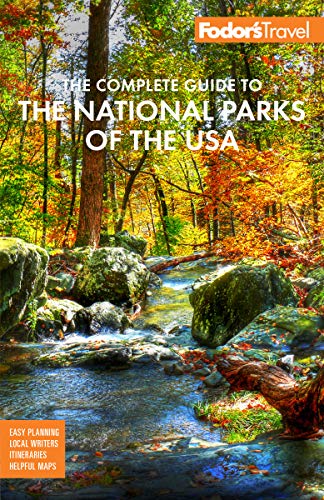Beach Safety in Hawaii
Hawaii's world-renowned, beautiful beaches can be extremely dangerous at times due to large swells and strong currents—so much so that the state rates wave hazards using three signs: a yellow square (caution), a red stop sign (high hazard), and a black diamond (extreme hazard). Signs are posted and updated three times daily or as conditions change.
Visiting beaches with lifeguards is strongly recommended, and you should swim only when there's a normal caution rating. Never swim alone or dive into unknown water or shallow breaking waves. If you're unable to swim out of a rip current by swimming sideways, tread water and wave your arms in the air to signal for help.
Even in calm conditions, this is still the ocean, and there are other dangerous things in the water to be aware of, including razor-sharp coral, jellyfish, eels, and sharks, to name a few.
Jellyfish cause frequent ocean injuries, and signs are posted along beaches when they're present. Box jellyfish swarm Hawaii's leeward shores 9 to 10 days after a full moon. Portuguese man-of-wars are usually found when winds blow from the ocean onto land. Reactions to a sting range from usually mild (burning sensation, redness, welts) to severe (breathing difficulties). If you are stung by a jellyfish, pick off the tentacles, rinse the affected area with rubbing alcohol or urine (really) and apply ice. Seek first aid from a lifeguard if you experience a severe reaction.
According to state sources, the chances of a shark bite in Hawaiian waters are very low; sharks attack swimmers or surfers three or four times per year. Of the 40 species of shark found near Hawaii, tigers are considered the most dangerous because of their size and indiscriminate feeding behavior (they eat just about anything at the water's surface). Tiger sharks are easily recognized by their blunt snouts and vertical bars on their sides.
To reduce your shark-attack risk, avoid swimming at dawn, dusk, and night, when some shark species may move inshore to feed. Steer clear of murky waters, harbor entrances, areas near stream mouths (especially after heavy rains), channels, or steep drop-offs.
The website oceansafety.soest.hawaii.edu provides beach hazard maps for Oahu, Maui, Kauai, and the Big Island, as well as current weather and surf advisories, listings of closed beaches, and safety tips.




